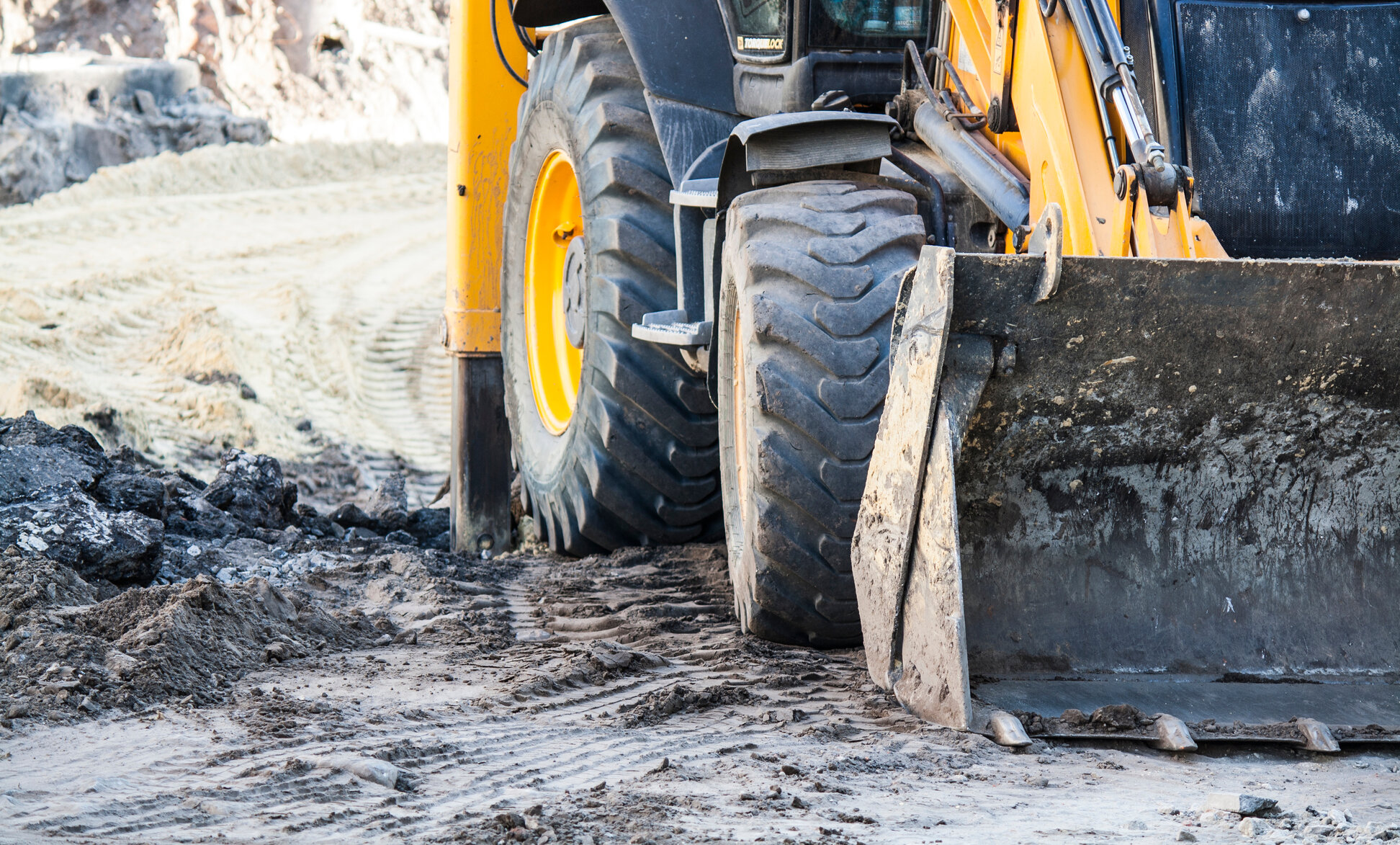Duncan McCormick, Business Development Manager Subscription EMEA for Topcon Europe Positioning details the problems with mass haul and how it impacts net zero objectives…
Mass haul can be a very carbon-intensive process – and if aggregates are not moved accurately the first time it can get a lot worse – leading to wasted material and additional unnecessary carbon emissions.
This issue can easily be solved through cloud software systems which allow project managers to schedule cut and fill movements onto the site plan, visually plotting the most efficient haul paths on-screen.
Haul truck activities can also be tracked in real time to calculate overall volume updates and plot against design data to determine efficiency and productivity.
Software tools like Topcon’s also help contractors to implement effective BIM strategies. Data can easily be imported and logged at every stage, creating a more sustainable project due to accurate recording of the materials, processes and timings, reducing repeated work and wasted materials.
How Topcon helps contractors and project owners meet net zero targets
Based on the current number of machines fitted with Topcon technology, it is estimated that automation could reduce CO2 by around 600,000 tonnes per year. By investing in automation, contractors can tackle sustainability long-term instead of continuously adopting new quick fixes.
Automated machine control delivers precision across the full construction process. While teams will still be required onsite to monitor machinery, project managers will be able to track progress and implement changes in real-time from anywhere in the world, reducing unnecessary site visits and lowering emissions.
Machine control technology allows contractors to more accurately estimate the amount of time and materials needed for a project. This also reduces emissions by preventing too much material from being removed and minimising the number of material deliveries needed.
User error and reworking are also reduced when using machine control by giving the user the power to lay the right materials at the right height or remove the correct amount first time.
Rework is not only costly, but it can also increase the overall project emissions if your team needs to carry out the same tasks more than once. This wastes materials and resources and requires machinery to stay onsite for longer, using more fuel and producing more carbon.
Accuracy with automation
Looking to the future of automation, machines will soon be able to complete onsite tasks correctly first time with minimal supervision thanks to artificial intelligence.
Systems like Topcon’s MC-X machine control solution and Sitelink3D software are already bringing this to life. The data provided by these solutions allow construction firms to truly understand what is happening onsite and make changes to workflows accordingly, removing unproductive processes and reducing wasted resources and material.
Using automated electric machinery rather than diesel-powered, and implementing cloud data technologies means construction businesses have a suite of tools that will help them work towards their sustainability goals, bringing the industry closer to its net zero targets.

